YOGA AND RUNNERS
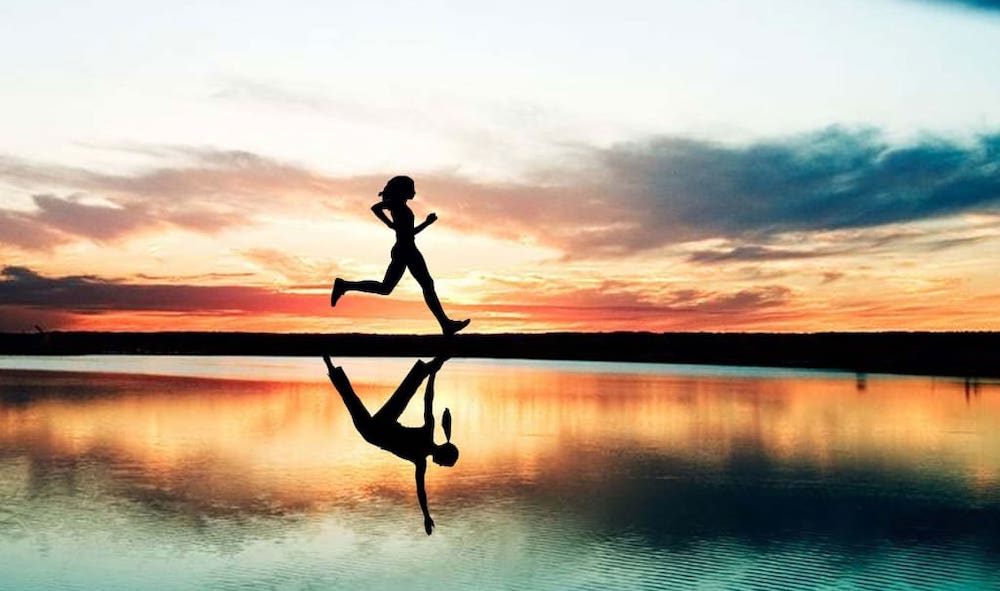
Our bodies are amazing creations, strong, resilient, mobile and intelligent, constantly contracting, expanding and rebounding into a cohesive state of being. Activities and sports we choose to embrace in order to live healthier more empowered lives can support us to thrive, or, can keep us locked into a survival mode that is already part of our very intense city living.
When you choose to run for fitness it is good to train the nervous system to distinguish whether it is to survive or if the activity is there to help you thrive. Yoga or other mindfulness and movement practices teaches not only the mind but the rest of the human systems to distinguish experiences and not become reactive. Two of the largest muscles of the body are used for running. These are the Psoas (Do a google search and you will find endless info). They are considered the muscles most intimately connected with the fight, flight and freeze response. For fight, they help to stabilize the core body, for freeze they “curl” inwards drawing you into a state that at one time in our development would have kept us safe by holding us still, and for flight they channel energy and propel us forward though the movement of our legs….running.
What we forget to talk about is that we also have a thrive response. The response that lets us know a situation is good and joyful and safe. This means, where running is traditionally thought of as a stress stimulator because it mimics what we would do when being chased by a predator there is also an ability to train ourselves to understand that running can also be a connection to fun. When you run to hug a friend you haven’t seen in a long time it is joyful not scary, when you run after a dog with a ball it is usually a lot of fun, running in a friend filled soccer game can be downright gleeful…especially if you score.
Our autonomic nervous system – the sympathetic and parasympathetic which work with smooth muscle and cardiac function – are not two parts working independently of each other, they work cohesively. The somatic nervous system Take the example of running into the arms of a loved one above. Similar things happen…the heart beats faster, more blood is pumped to organs and tissues, and you might even shake from the “tension” of the moment. But how does it feel? It doesn’t feel the same as running from something scary. Yes the heart is beating harder, but it is enjoyable. Yes, you may breathe harder and faster, but whereas something scary means our lungs seem to spasm and feel tight and uncomfortable, in a joyful experience there isn’t a spasm, it feels more lie expansiveness. In the “bad” situation adrenalin may flood our systems and cause us distress later – shaking, trouble sleeping, anxiety - but in the “good” situation the initial adrenalin rush comes out as laughter and fluid movement, quick conversation, lots of hugging and release.
When you take up a running program it can feel stressful. You don’t necessarily know how to breathe to keep the body in a thrive state. You are trying to figure out how to use all your very fluid tissues to support you. Maybe you sit at a desk all day and you internal systems have become contracted, dehydrated, stuck? Maybe you start to feel strain or pain? You are not built wrong, you are not incapable, and there is not a plateau that is holding you back. You simply need to begin to understand the language of your body. The Parasympathetic nervous system is also sometimes referred to as the craniosacral system because it reaches into the brainstem and the sacral spine. It is considered the rest and digest side of our nervous system.
Now imagine, you go for a run, and everything associated with the sympathetic nervous system is working quite hard. The messages feed not only to your cardiac and respiratory systems but also to the enteric nervous system (your gut). Everything is functioning in an elevated state. Then you stop running. You take a deep breath, you stretch your muscles, your heart rate begins to slow….. This is the parasympathetic kicking in. You are “safe”. But imagine you did none of that, instead you went straight from a run to a shower to work. You don’t relax and release your muscles and they in turn believe they need to still be on alert, you don’t take a moment to let the breath balance out the cardiac system and you feel worn down and stressed. Even though you’ve slowed, your systems are still on alert.
Adding some Yoga and Movement to this or any similar fitness program supports you in many ways. For one your tissues become healthier, more supple but also stronger because they maintain or regain elasticity. Next you learn how to really use your breath to balance and empower any experience. It not only balances the cardiac system it is intimately connected to the brain and stress levels and whether we can communicate clearly, focus on the larger picture or be in the moment. You begin to build an intimate understanding of your internal experience so that you learn to trust the messages your body tries to share. No longer are you guided by what someone said was the only way to use your feet (as an example)…instead you feel how to utilize them to best support everything. There is a shift from grip and force to ease and power. You become the master of the experiences of your life.
Strength, stability, balance, health, calm, clarity. These are simply some of the possible outcomes of adding Yoga to your running practice. Stop running away from yourself and instead reconnect to the idea that you can do something that is good for you and also find joy in it.
You are an amazing being created from trillions of cells all wanting to move you through each experience by taking on the challenge in their own special way. Start realizing you control center of all of them.
- Beverly Akhurst
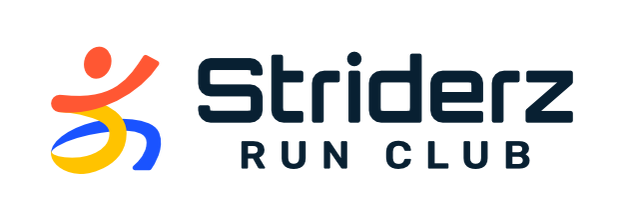


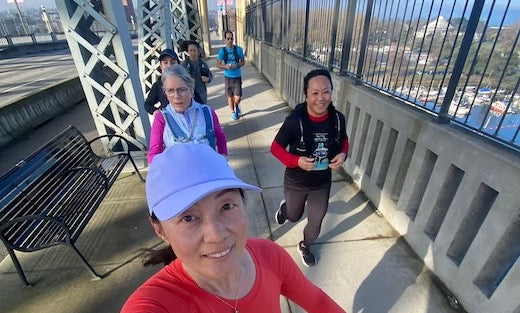
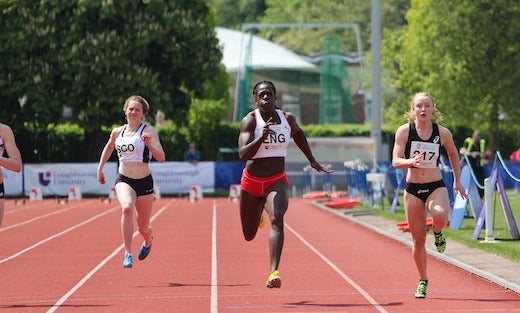
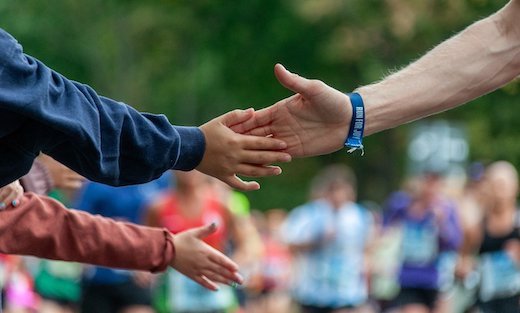
Beautifully said. Best to you in these challenging times.
Leave a comment